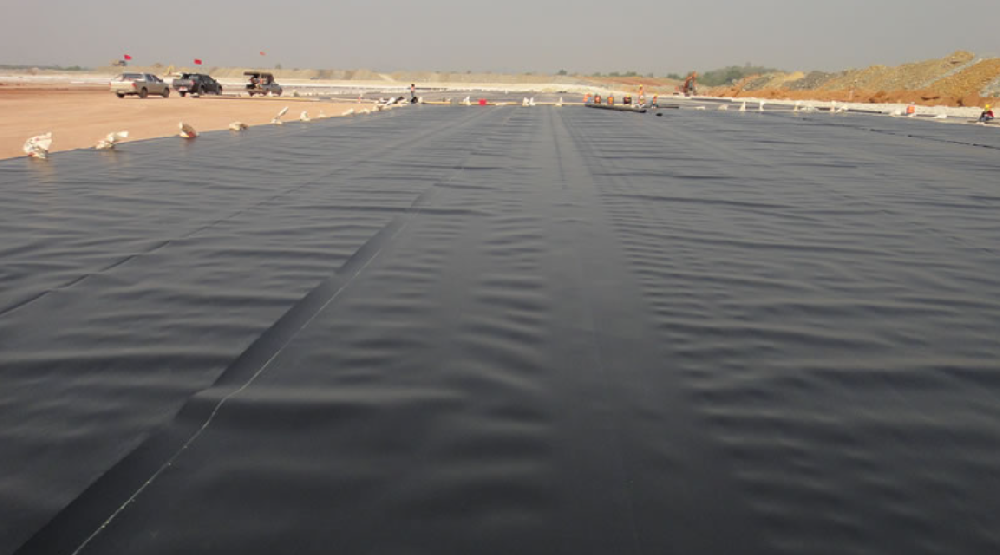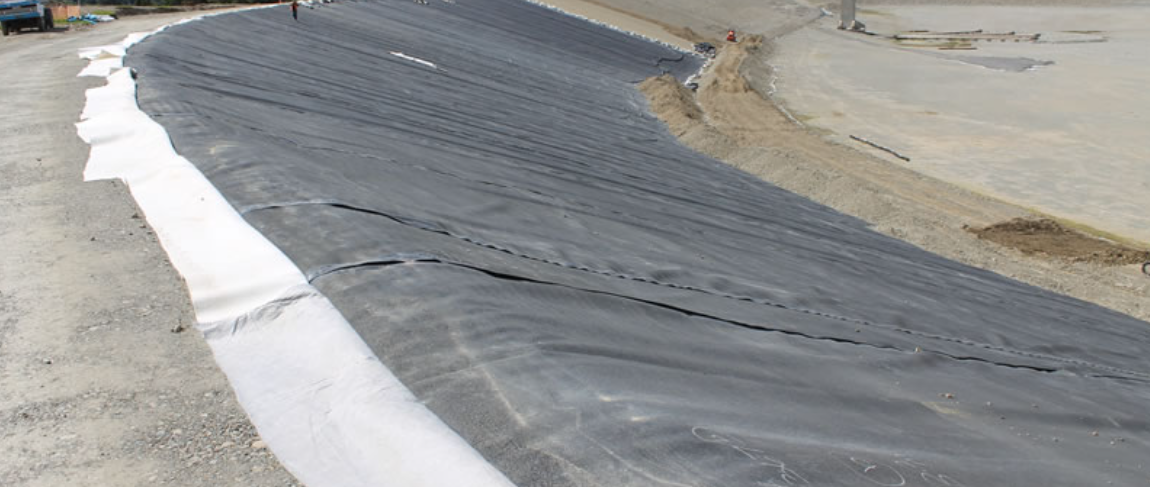- Understanding the Role of Geomembrane Liners in Waste Management
- Innovations in Geomembrane Liners for Water Management
- Geomembrane Liners: A Comprehensive Guide
- The Future of Geomembrane Liners in Civil Engineering
- Geomembrane Liners: Enhancing Landfill Stability
Manager:Alvin Wang
WhatsApp:+62 8983806051
Tel:+86 10-5797-1075
Email:steelwang@okorder.com
Address:3rd Floor, No.2 Building, No.1 Sanlihe Road
What are the disadvantages of HDPE geomembrane?
hdpe Geomembranes are popularly known for their strength, durability and adaptability in various engineering as well as environmental applications. However, these high density polyethylene geomembranes have their own disadvantages and limits that must be observed in order to evaluate if they are suitable for some specific projects . This article will look at what it considers to be some of the cons associated with HDPE geomembrane and ways of reducing such challenges.

1 Environmental Stress Cracking
One of the downsides to HDPE geomembrane is its ability to undergo environmental stress cracking (ESC). ESC occurs when the environmental conditions such as chemical exposure, temperature fluctuation and mechanical stresses affect HDPE geomembranes. These factors can cause micro-cracks on the surface of the plastic membrane thus causing it to degrade over time.
Chemical exposure is one key driving factor behind ESC in HDPE geomembranes. The molecular structure of a geosynthetic lining system can be weakened making it more susceptible to tearing when exposed to certain chemicals including hydrocarbons, solvents or oxidizing agents over time. It is therefore important that proper chemical compatibility tests should be conducted when selecting appropriate geosynthetic materials so as to minimize ESC risk among HPDE membranes.
2 UV Degradation
Another demerit of HDPE geomembrane is its vulnerability to UV degradation after prolonged sun exposure. Sunlight's ultraviolet radiation can break down the molecular bonds present within this type of plastic liner leading to embrittlement, surface oxidation and loss of mechanical properties This process ultimately weakens them in outdoor applications thereby reducing their life spans.
To avoid this problem, most HDPE liners contain UV stabilizers/additives which provide longer term protection from UV rays. Moreover by placing soil vegetation or other protective covers; these help minimize ultra violet exposure and prolong service life of these products in exterior environment.
3 Temperature Sensitivity
Notably however, HDPE geomembranes are temperature sensitive particularly in extreme hot or cold environments. At high temperatures, HDPE geomembranes may soften and deform whereas low temperatures can lead to their brittleness and cracking. Temperature change can also cause dimensional effects on the membrane by affecting its fit and integrity within the containment system.
Proper installation methods such as anchoring, ballasting, thermal welding should be used to minimize the effect of temperature fluctuations on HDPE geomembranes. The use of suitable thermal properties for geomembrane selection and performing a temperature stress test during design and installation will ensure long-term performance under difficult environmental conditions.
4 Installation Challenges
Large-scale projects or complex geometries often have difficulties installing HDPE geomembranes. Geomembrane installation requires specialized equipment, skilled labor, and meticulous attention to detail to ensure proper seam welding, anchoring, and surface preparation. Consequently when the application is not done properly wrinkles can form a leak which may damage the whole system.
To counteract these challenges; engineers need to consider site specific conditions that would guide them while planning and executing an installation process in compliance with industry best practices in addition to project requirements. Training programs as well as certification for geosynthetic liner installers can offer competent personnel who can safely perform various works involved in geosynthetic installations.

5 Conclusion
To wrap up, HDPE geomembranes possess several strengths such as durability, strength and versatility. However, a few weaknesses of this material have to be addressed before they can be efficiently employed in engineering and environmental projects. These drawbacks include environmental stress cracking, UV degradation , temperature sensitivity and installation issues among others faced by geotechnical engineers. For effective selection of geomembrane materials for containment systems the following factors should be taken into account: knowledge about these limitations coupled with corresponding remedial measures like chemical compatibility tests, ultraviolet stabilizers to protect the liner from UV rays, temperature stress tests as well as implementation techniques that are proper to install it correctly so that its performance may be maximized while the lifespan will be lengthened in infrastructure works which are crucially important.
-
2024-12-05Geomembrane Liners: A Comprehensive Guide






